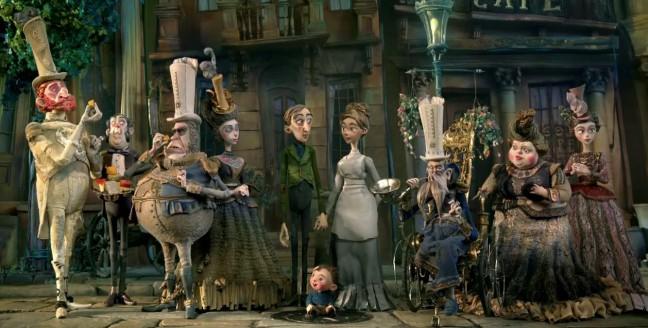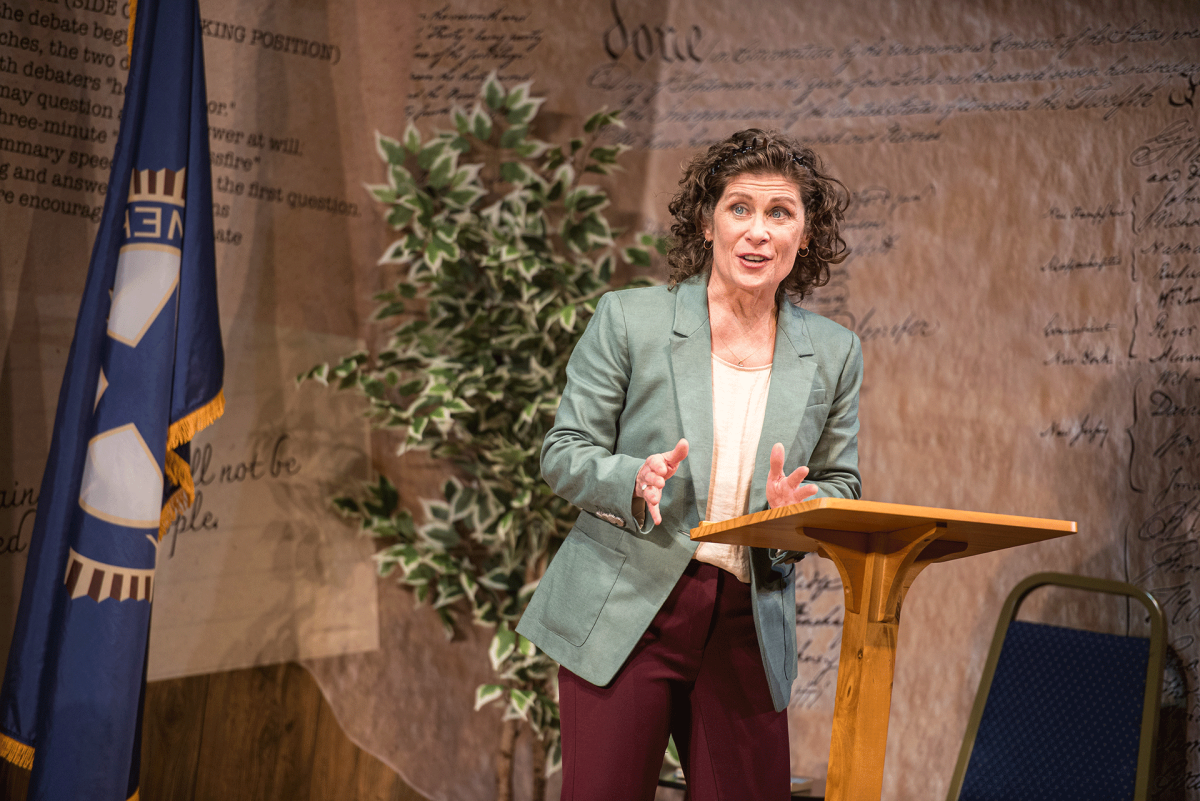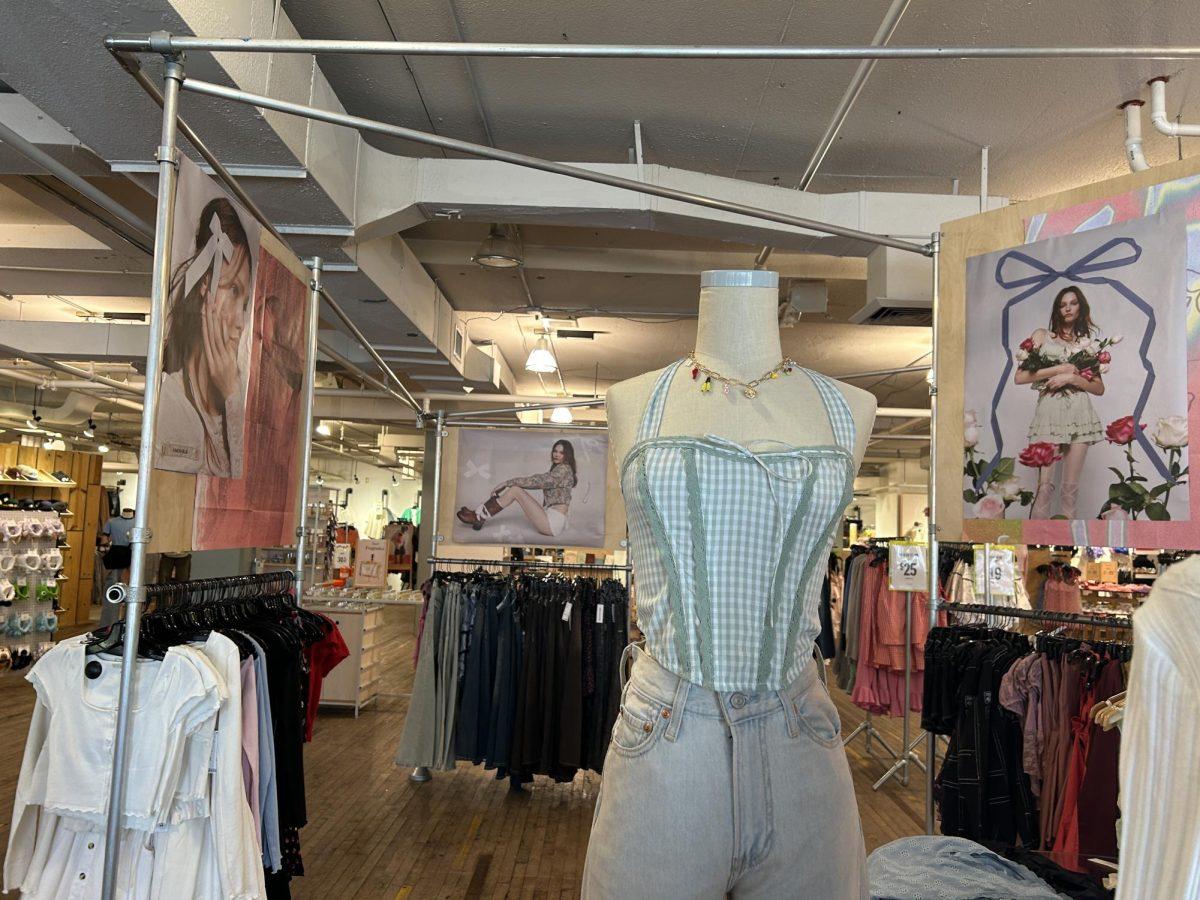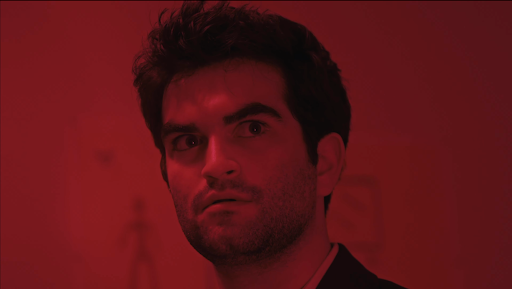One of the great strengths of animation is the ability to make the scary and unbelievable completely credible. The medium is so inherently pliable that if the right effort and right skill is applied, anything can be imagined and put up on screen. Animation removes the membrane between the creator’s thoughts and the end product like nothing else can. This is especially true of stop-motion animation, whose inherent physicality lends an extra level of authenticity to the patently inauthentic. This ability to freely play with the fabric of reality is “The Boxtrolls’” greatest strength, allowing it to imbue a story of childhood with a genuine sense of nightmarishness.
Produced through stop-animation studio Laika — which has previously done the rapturously received “Coraline” as well as 2012’s “ParaNorman” — “The Boxtrolls” is very much in the same vein as those films. In what appears to be Victorian England, a race of creatures called the boxtrolls kidnaps a baby and becomes the greatest threat in the kingdom. The fear-mongering Archibald Snatcher (Ben Kingsley, “Ender’s Game”), along with his crew of existentialist stooges, are the only ones capable of exterminating them. However, the peaceful boxtrolls aren’t what they seem. As Snatcher’s schemes to exterminate them become more sinister and the kidnapped baby, brought up to only know the boxtroll life, begins to grow up, the conflict of the two worlds comes to a head.
Taking full advantage of its beautiful stop motion animation, “The Boxtrolls” uses its imagery to go a long way in telling this story. Despite having such a complex, dense plot and mythology, “The Boxtrolls” is refreshingly conservative in its use of exposition. An early dialogue-free sequence in which we see the “kidnapped” baby, Egg, grow up in the boxtroll’s underground mechanical wonderland and become fully ingratiated into their society, tells all you need to know both about the boxtrolls and Egg. Not only does it lay out this exposition quickly and quietly, it relies heavily on detailed sets and character design, juxtaposing the beautiful dreamlike kingdom of the boxtrolls with the nightmarish, gray upper world. This sequence establishes the child-like fantasy that Egg is allowed to live out and the bleakness of the “real world,” laying out the primary themes and relationships that the entire film rests upon. It also establishes a precedent within the film: that using the literal character design and film sets should always be used to show relationships and conflicts rather than explain them.
“The Boxtrolls” is admirably unafraid to go the next step with its more fantastical elements, creating something that feels authentically dream-like. One of the film’s many neat tricks is its use of perspective. Almost every “above world” scene is shot from Egg’s literal perspective. When he walks around crowded streets, the focus is mostly on bustling legs and ground, as it would be for a small child. Similarly, the film gives far more focus to things that Egg is comfortable with, like the boxtrolls, or the completely outlandish and strange. This focus turns the film’s more bizarre elements, most notably Snatcher’s cheese-related allergic reactions, into something unsettlingly overblown and grotesque.
Shooting from the perspective of a child gives the film a sense of legitimacy in its depiction of childhood and the self-consciousness and sense of alienation that accompanies it. It’s this hard-to-place sense of melancholy and abject terror that grounds the film, while allowing it to explore the limits, or lack thereof, of animation. This sense of emotional ambiguity, when extended to all of the film’s characters (most notably Snatcher’s henchman, who become less sure of their “hero” status as the film goes on) reveals a genuine tenderness and empathy, however limited, for all of the film’s characters.
4 out of 5 stars





















